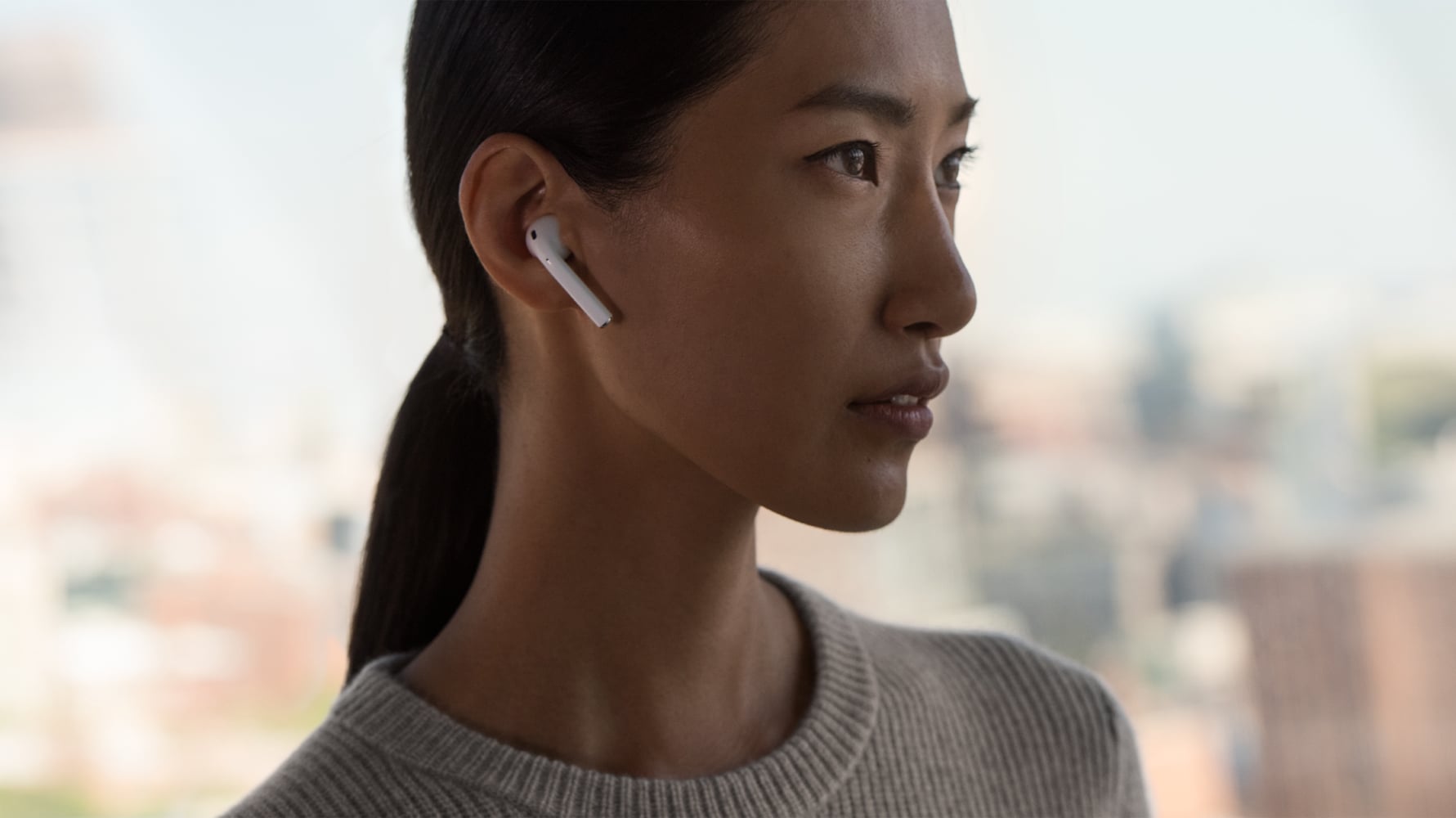
This post is adapted from an article that appeared in Street Fight, written and contributed by this post’s author. It has been modified for ARtillry’s audience.
We often joke that the original form of AR was radio. It “augments” your perception of the world while jogging, driving, or other times you tune in. Joking aside, an area we call AR audio could beat its buzzier graphical counterpart to market. It’s about audible “overlays” instead of graphics.
Voice could be a key component of AR audio (and regular AR for that matter). It’s a natural human output so it could be a logical AR input. This aligns with the evolution from keyboards and other “translation layers,” that require cognitive load to control. Amber case calls it “calm tech.”
AR audio — and all its benefits we’ve examined — could especially align with voice input for obvious reasons. Meanwhile, voice processing and AI are accelerating through investment in digital assistants from Amazon, Google and Apple. Could AR benefit as a by-product?
In other words, the next step for digital assistants could be to power AR Audio as an ambient two-way audio channel that stays with you all day. Google, Amazon, and Apple could certainly benefit from that persistent consumer touch point. But first they have to get you to wear the hardware.
Discreet Advantage
Enter AirPods, which could be a market-seeding play from the famously AR-bullish Apple. They’re just sleek enough to engender that all-day use case. Google’s Pixel Buds could do the same, but they’re a bit clunkier in current form. Either way, Google has similar AR audio ambitions.
For example, using Google Assistant, Pixel Buds can perform real-time language translation. Think of it like the in-ear translation system used by UN delegates, but for the rest of us. In fact, live audible language translation is a good example of the directions AR audio will go.
Other possible applications include audible intel about the street you’re walking down, an upcoming business meeting, or someone you’re shaking hands with at an event. LinkedIn could build an app that delivers such audible stats subtly and on the fly—all without being a “glasshole.”
The way it could play out: Sleekness and portability condition people to leave AirPods or competing hardware in their ears all day. That engenders a new channel for ambient audio. From there, it’s up to app developers to build content and use cases, like the LinkedIn example.

Micro-Moments
AR Audio also brings to mind Google’s early smartphone-era construct of “micro moments.” These are the content snacking moments in the grocery line or subway—pulling out your phone for a quick fix of email, Facebook, or Snapchat. It created lots of opportunity for media delivery.
But audio’s advantage is again its discreetness: It’s less cumbersome than pulling out a phone. Because AR glasses are held back by cultural and stylistic factors, the subtlety of ambient audio could fill an important gap. And the all-day use case creates gaps for all kinds of monetization.
Of course, visual AR won’t go away and is aligned with use cases like gaming. But audio could arrive sooner and take over a certain share of micro moments like getting informed about people or surroundings. We’re talking local discovery, shopping, and proximity-based social media.
“Audio is huge,” said Super Ventures partner and AWE organizer Ori Inbar at an AR in Action event last spring. “Many people think it will be adopted as a way to augment humans even before vision, because it’s something that’s much easier to absorb.”

Platform War (again)
As for who’s better positioned, AirPods have greater near-term reach than Pixel Buds. The former operate with about 600 million iPhones, while the latter work only with Google Pixel and Pixel 2. They can connect with other phones—even iPhones—but just as standard headphones.
But Pixel Buds have a longer-run advantage when they—and Google Assistant—are phased in to the larger Android Universe. Moreover, Google Assistant (the brain behind Pixel Buds) blows Siri (the brain behind Airpods) out of the water in terms of voice processing and AI. It’s not even close.
Apple’s Achilles’ heel for AR audio is in fact Siri. Google Assistant will win the voice search and general-knowledge AI game, based on the extensiveness of Google’s knowledge graph. It will also outperform Amazon Alexa for the same reason, though that race could be closer.
Meanwhile, Pixel Buds adds another weapon to Google’s AR arsenal. Alongside ARCore, AR audio could manifest in Google and developer-created apps. Apple will do the same, meaning we have another platform war on our hands, tied to others that Apple and Google continue to wage.
For a deeper dive on AR & VR insights, subscribe to ARtillry Intelligence Briefings, and sign up for the free ARtillry Weekly newsletter.
Disclosure: ARtillry has no financial stake in the companies mentioned in this post, nor received payment for its production. Disclosure and ethics policy can be seen here.
Header image credit: Google

